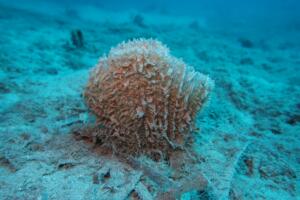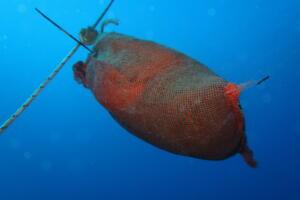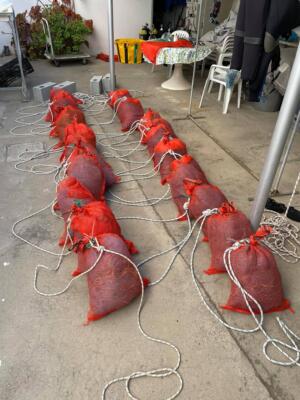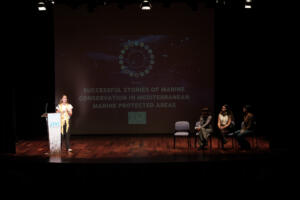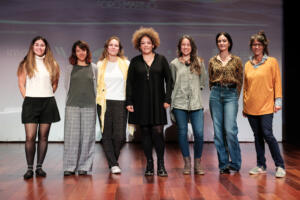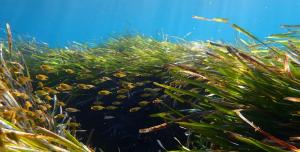
Grants
Biodiversity Conservation
Monitoring & assisted recruitment of the Critically Endangered Pinna nobilis
€6,500 awarded
Project duration: 10/2022 – 04/2023
Status: COMPLETE
The challenge
Pinna nobilis is the largest endemic bivalve of the Mediterranean Sea. It has a key ecological role of filtering water and retaining organic matter, thus reducing turbidity, as well as providing a hard substrate for benthic species. Due to the dramatic population size reduction, P. nobilis was listed as Critically Endangered on the IUCN’s Red List in 2019. Among the major threats affecting P. nobilis populations are climate change, invasive species, pollution, habitat loss, boat trawling/anchoring, illegal extraction and pathogens. Despite being a well-studied species, most of the information comes from central and western Mediterranean with very limited information currently existing in the region of the Levantine sea, including the marine areas of Cyprus.
The solution
The project aims to contribute to the scientific knowledge of the species and support its recruitment, with eventually aiding to the recovery and sustainability of its population in Cyprus. The proposed project will aim to increase the available data and scientific knowledge on P. nobilis in Cyprus and support its recovery through a standardised protocol. Specifically, the project aims to assess, through SCUBA diving, the current status of Pinna nobilis where live specimens have been reported; use larval collectors at Paralimni MPA and Oroklini MPA, aiming to enhance P. nobilis’ larval recruitment and settlement; analyse and identify specimens found inside the collectors; raise public awareness using social media channels and compose a final report together with data from previous surveys that provides a better understanding of the status of P. nobilis and its habitat in Cyprus.
Project’s deliverables
- Data collection on biology and ecology of nobilis: Scientific data will be collected on the abundance, health status, and mortality rates of P. nobilis as well as on information of its associated habitat.
- Analysis of species settled within the collectors: nobilis’ larvae will possibly settle inside the larval collectors as well as others indigenous and non-indigenous species. All collected species will be identified and recorded. In the case of P. nobilis juveniles being found inside the collectors, they may be reared in aquarium (if permission is given) or alternatively they can be placed in protected underwater cages where they will continue growing, giving the possibility of re-implanting them in suitable substrata when a certain size is reached.
- Final report: A report will be composed with the completion of the project outlining the main findings of the project along with data collected from previous surveys to increase knowledge on the current status of nobilis in Cyprus. In addition, a list of species found inside the collectors will be provided, thus allowing the development of an inventory of indigenous and non-indigenous species.
- Awareness raising: Information regarding the biology, ecology, threats, and conservation actions of nobilis will be disseminated through social media posts.
Project updates
- Have you seen the critically endangered P. nobilis? Fill out this brief questionnaire to let us know of some critical data related to the observed individuals.
- Pinna nobilis information flipbook in English & Greek.
- Press Release with updates
- The project was featured at the event FORO MARINO 2023.
A bit about the organization
Enalia Physis Environmental Research Centre (ENALIA) is a Cyprus-based non-profit organization established in 2009. ENALIA’s mission is to conduct and promote environmental research in marine and terrestrial ecosystems and to encourage and enhance education and ecological awareness of the general public. ENALIA’s research activities are mainly based in Cyprus and focus on species and habitats of particular interest due to their biodiversity and ecological value and/or conservation status. ENALIA’s team has the needed experience, knowledge, and scientific publications regarding the target species of this project from previous years’ work and projects and has an established network and collaborations with scientists and organizations across the Mediterranean in which it will tap into for further enhancing the results of this project.

